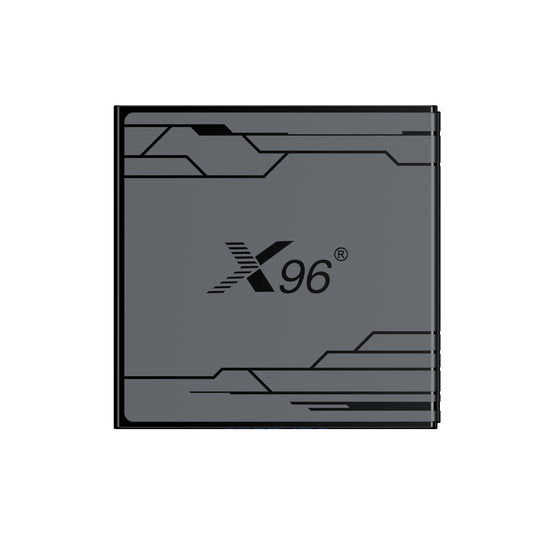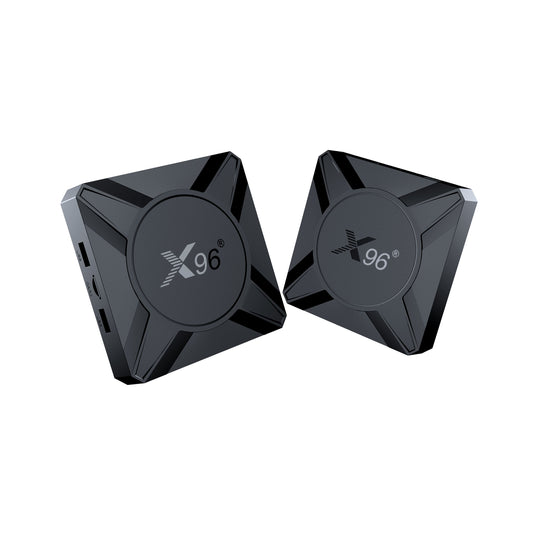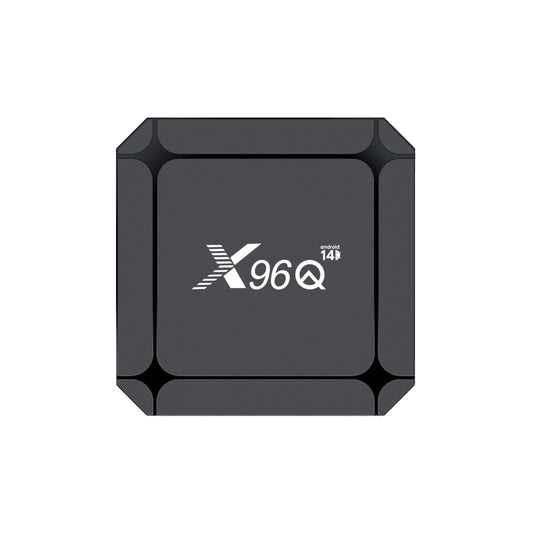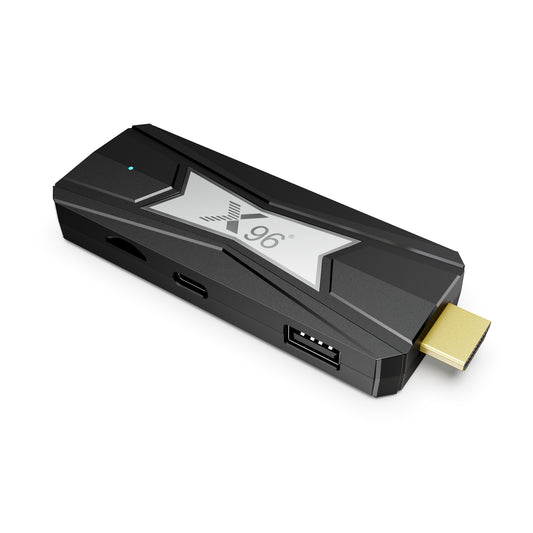
Difference Between CPU & GPU,CPU VS GPU
In CPU VS GPU, CPU is designed for general-purpose computing, excelling at executing sequential tasks and managing a wide range of operations. A GPU, on the other hand, is specialized for parallel processing, making it ideal for handling large-scale, repetitive calculations such as rendering graphics, machine learning, and scientific simulations. Essentially, CPUs are better for versatility and complex logic, while GPUs thrive in high-throughput tasks.
1. The CPU: The Versatile Generalist
When comparing the CPU Vs GPU, think of your CPU (Central Processing Unit) as the CEO of your computer. It’s designed for:
- Complex, sequential tasks: Running your OS, managing apps, logic-heavy operations.
- Low-latency decisions: Quickly switching between emails, spreadsheets, and browser tabs.
- Fewer, powerful cores: Modern CPUs have 4–16 cores, each optimized for speed and handling diverse workloads independently.
Architecture Highlights:
- Large caches: Stores frequently used data for rapid access.
- Sophisticated control logic: Excels at branching (if/else decisions) and handling unexpected tasks.
Serial powerhouse: Brilliant at doing one complex thing very fast.
Real-World Use: Booting Windows, compiling code, calculating Excel formulas.
2. The GPU: The Parallel Powerhouse
The GPU (Graphics Processing Unit) is your mass-production factory worker. Born for rendering pixels, its superpower is:
- Massive parallel processing: Executing thousands of simple, repetitive tasks simultaneously.
- High-throughput computation: Crunching huge batches of data with identical operations.
- Thousands of tiny cores: Modern GPUs pack 2,000–10,000 smaller cores optimized for raw throughput.
Architecture Highlights:
- SIMD Design (Single Instruction, Multiple Data): One instruction applied to tons of data points at once.
- Optimized for throughput: Prioritizes total work done over individual task speed.
- Memory bandwidth focus: Built to move huge volumes of data quickly (e.g., textures in games).
Real-World Use: Rendering 3D games, training neural networks, Bitcoin mining, video encoding.
3. Why You Can't Rely on Just One:
- CPU Alone: While CPUs are versatile, they lack the high parallel-processing power required for compute-intensive tasks. Using a CPU for such tasks alone would lead to inefficiencies and slow processing.
- GPU Alone: GPUs lack the control, versatility, and ability to efficiently execute non-parallelized or management-level tasks (like I/O operations or running an operating system).
Both processors complement each other: the CPU handles general-purpose and sequential operations, while the GPU accelerates parallel tasks. This collaboration ensures balanced and efficient processing for a wide range of applications.
| Feature | CPU | GPU |
| Cores | Few (4-16), complex & fast | Thousands, simple & efficient |
| Task Handling | Serial + multitasking | Massively parallel |
| Core Purpose | Versatility + low latency | Raw throughput + data parallelism |
| Cache | Large (MBs per core) | Smaller (shared across cores) |
| Ideal Workload | Office apps, web browsing, OS | Graphics, AI, scientific compute |
| Power Efficiency | Lower for parallel tasks | Higher for bulk data tasks |
4. CPU VS GPU usage on TV Box
In a TV box, the CPU (Central Processing Unit) and GPU (Graphics Processing Unit) are the two core hardware components, each playing specific roles to offer a smooth user experience and clear audio-visual quality.}
CPU (Central Processing Unit)
The CPU can be considered the "control center" of the TV box. It is responsible for calculations, decision-making, and managing the overall system to ensure the operating system and apps function correctly.
Main Roles of the CPU:
-
Device Operation:
The CPU manages the TV box's operating system, such as Android or other platforms
It handles system bootup, shutdown, and background tasks, as well as resource allocation. -
Running and Managing Apps:
When a user opens a video streaming app like Netflix, YouTube, or Amazon Prime, the CPU loads the app and executes its backend logic to ensure smooth operation. -
Network Data Processing:
During online video streaming, the CPU helps download content and process network-related tasks, such as Wi-Fi or Ethernet connections. -
Assisting in Video and Audio Decoding:
While the GPU or other dedicated hardware accelerators typically handle heavy decoding tasks, the CPU supports lightweight decoding processes, such as switching subtitles or audio tracks. -
User Commands:
The CPU processes inputs from the remote control, voice commands, or other user interactions, such as navigating menus, fast-forwarding, or pausing videos. -
Task Distribution:
The CPU delegates tasks effectively, deciding which ones can be handled by itself or handed over to the GPU for better system performance.
GPU (Graphics Processing Unit)
The GPU is specialized hardware designed to handle tasks related to rendering images, videos, and animations. It works alongside the CPU but focuses primarily on visual and graphical output.
Main Roles of the GPU:
-
Video Playback:
The GPU is responsible for rendering high-resolution videos, ensuring smooth 4K or even 8K playback when supported. -
Graphics Rendering:
It processes visual elements like menus, animations, and transitions, making the user interface visually appealing and responsive. -
Video Encoding and Decoding:
The GPU plays a leading role in decoding complex video formats (e.g., H.264, H.265/HEVC), taking the load off the CPU and ensuring seamless playback. -
Gaming and Graphics-Intensive Tasks:
If the TV box supports gaming, the GPU ensures smooth performance for graphically intensive applications and games. -
HDR and Color Enhancements:
The GPU ensures dynamic visuals, such as high dynamic range (HDR) content, better color accuracy, and vibrant image rendering.
5. CPU vs. GPU: Division of Work
- CPU Strengths: Ideal for general-purpose and multitasking workloads, like running apps, network handling, and executing user commands.
- GPU Strengths: Designed to handle heavy-duty graphics and video tasks, including rendering animations, playing ultra-high-definition videos, and decoding high-bitrate media files.




